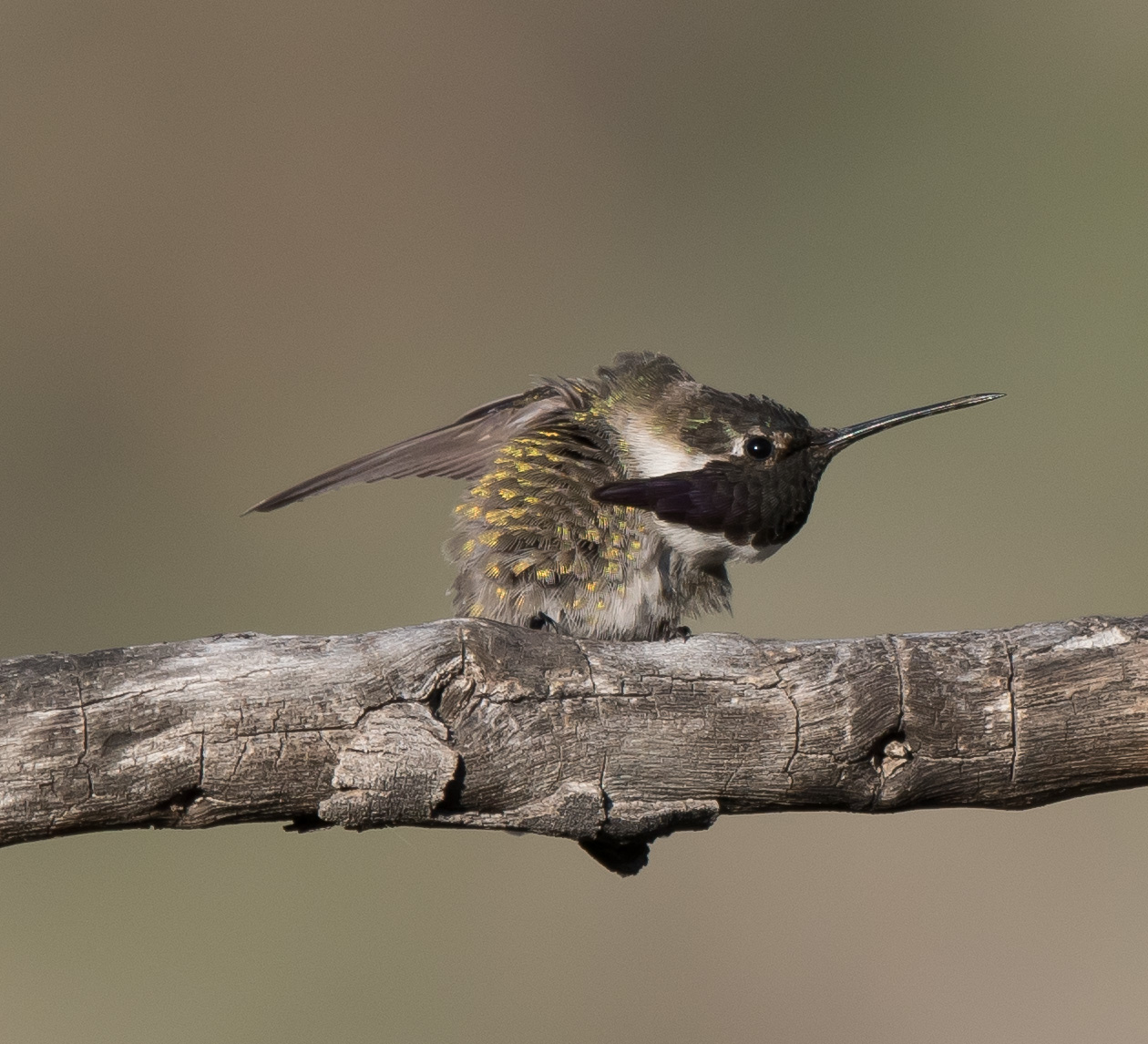Must apologize to those that are following my journey in Wisconsin. I had another commitment to show a friend from New York, the White Mountain area of Arizona and try to pursue some birds and I had to put the blogging on hold for about 3 days. And another friend arrived into Mesa and we took in the Butterfly Wonderland in Scottsdale, so it has definitely put me behind in blogging.
Next trip was to visit Horicon National Wildlife Refuge and on the way, we made a side trip to Killsnake State Wildlife Refuge and it did not take long to pickup my 10th new life bird on this Wisconsin adventure; the Bobolink. This was my first viewing of this bird that has always intrigued me when studying field guides. Reminds me of a blackbird in a tuxedo. Before my trip came to an end, I got to see several of these birds.
Bobolink
As we started to exit this area, and as we were driving very slowly along the gravel road, we came upon a bird that has been a nemesis for me in Arizona; the Clay-colored Sparrow. They occur regularly in Arizona in the winter months, although they are not common. And they can be a bit difficult to identify from the many Brewer's Sparrows we see in winter in Arizona. But looks are deceiving, because when they are singing, their songs are so different from each other. In Arizona, they are very rarely singing.
Clay-colored Sparrow
At Horicon, the Sandhill Cranes were scattered in many places and it was interesting to see them in breeding condition. Spending 20 years in the Platte River Valley of Nebraska, I was used to seeing this bird yearly in spring migration in the hundreds of thousands. I have also seen many in Arizona in the winter. But these in Wisconsin were brown instead of gray! Apparently this reddish-brown coloration is due to them preening with muddy bills and this coloration matches the color of many of the fields where they forage.
Sandhill Crane
Other birds that we found at Horicon, include Black Terns, Eastern Kingbirds, Eastern Wood-Pewee, Barn Swallows, and a fledgling Red-winged Blackbird.
Red-winged Blackbird - Fledgling
Black Tern
Eastern Kingbird
Eastern Wood-Pewee
Barn Swallow
For me, one of the coolest critters to find was a Snapping Turtle. Not an animal that one wants to mess with because if they latch onto you, they have a lot of power in those jaws and they can break bones in fingers and they do not like to let go!
Snapping Turtle
Painted Turtle
Chris taking photos
We returned fairly early as we needed to prepare for the next part of our journey and it included some overnight stays in central and southwestern Wisconsin. But on the way home, we made another stop of the Manitowoc Impoundment to see if anything new was being seen. The American White Pelicans were in high numbers and had been absent for several years. We also had high numbers of Caspian Terns and Bonaparte's Gulls.
American White Pelican
Caspian Terns, Forster's Tern, and Bonaparte's Gulls
Caspian Tern
Semipalmated Sandpiper
The next day we were to journey to the far corner of the state to pursue some warblers and some rarities in the central part of the state.










































































